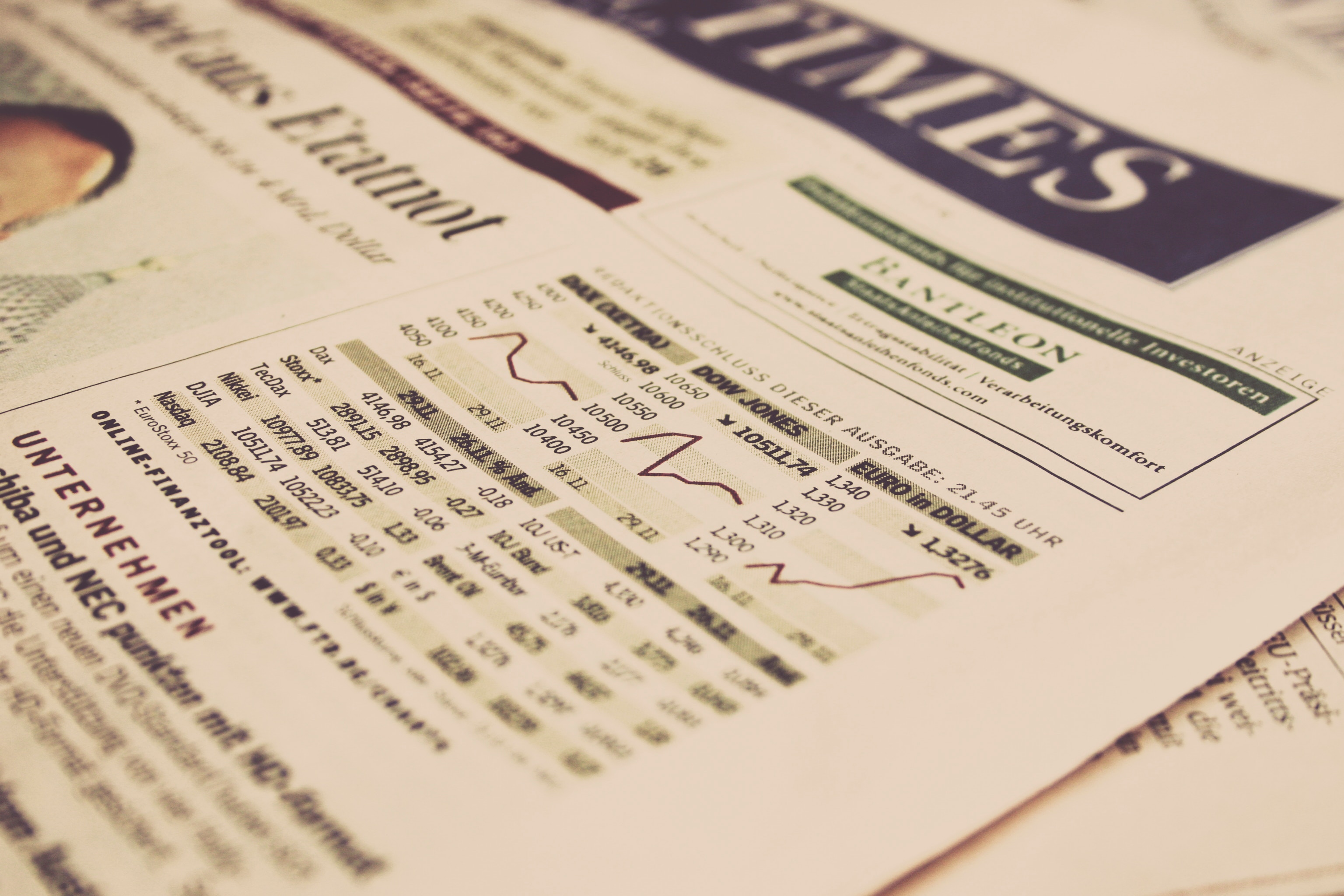Exchange rates determine how much a currency is worth is relation to another currency. Unless your currency is pegged (usually to the US Dollar) then it will fluctuate against all other currencies constantly throughout the day. Pegged currencies still change in relation to all currencies other than their pegged counterpart. The exchange rate is a window into the economic health of a country which is why it is constantly scrutinised and analysed by those in the finance sector and government.
Various features of the economic system determine the exchange rate of one currency to another at any given time. Three key factors that govern rates are:-
Inflation
Countries with lower inflation will see their currency rise in relation to other nations. The prices of goods and services increase slower when inflation is low. Those with high inflation with typically see the value of their currency diminish.
Interest rates
Interest rates are often used by governments as a tool to manipulate exchange rates. If interest rates are higher, this serves to attract foreign capital and investment and increases the exchange rate. The inverse is also true, lower interest rates will usually lower an exchange rate.
Economic growth and financial stability
Countries with growing economies that are financially stable will see an increase in the value of their currency due to investors purchasing more of their goods and services. Those with weak economies or nations with fiscal instability will suffer as foreign businesses are less likely to buy and invest.
How to ensure the best exchange rate
There is no one size fits all when trying to secure the best interest rate. The rate you receive very much depends on the amount being transferred, the destination of the remittance and the method of transfer used.
The best way to obtain the most cost-effective exchange rate is through extensive research. Those doing transfers should compare the rates offered by local money exchangers, currency brokers and online options offered via banks.
However, not all of these are an option for low income workers who do not have access to bank accounts and cannot access online rates. For these people, fees at remittance houses matter more than a small decimal point exchange rate movement. They need to shop around for the lowest fees offered.
Unfortunately, the average low-income worker has little time to research all the local remittance houses and their exchange rates to find the best one. With only one day off a week, time is precious and as many are under pressure to send money home as quickly as possible the result is that the closest exchange house is usually the one most people will use.
With NOW Money, users will be able to browse exchange rates from their phone and access rates usually reserved for online transfers. The app aims to end the financial segregation experienced by those at the lower end of the income scale and give more power to workers to choose the way they want to remit and allow them greater control over their finances.







